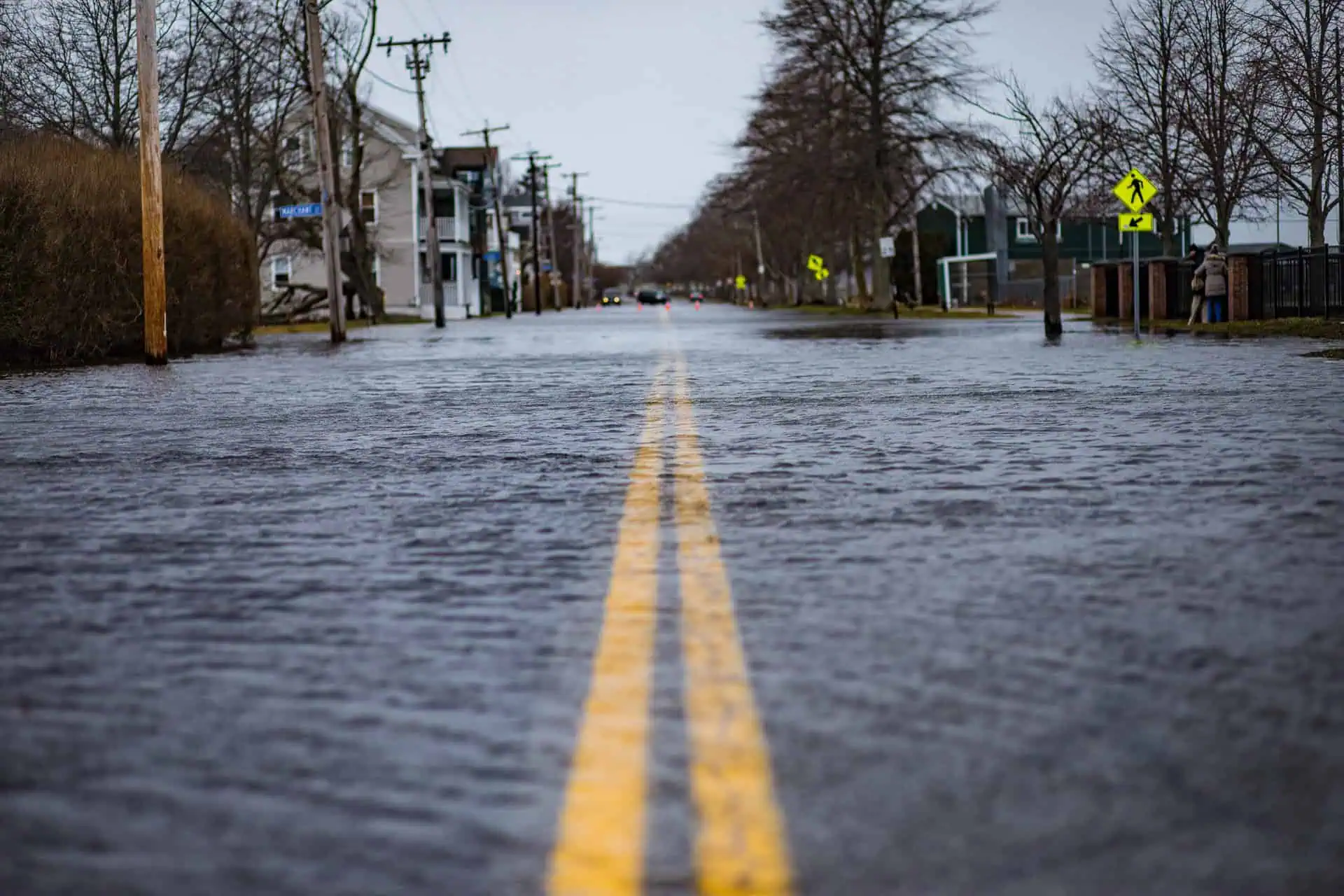Can You Get Flood Insurance If You’re Not in a Flood Zone? Why Coverage Might Still Be a Smart Move
Flooding can happen anywhere, not just in high-risk areas. For homeowners and business owners in Ohio, understanding flood insurance and whether it’s necessary outside designated flood zones can be crucial in protecting property and financial stability. While flood insurance is often required in high-risk areas, many property owners in moderate- or low-risk zones may wonder if purchasing coverage is worthwhile. In this guide, we’ll explore whether you can get flood insurance if you’re not in a flood zone and why it might still be a valuable investment.
What Is a Flood Zone, and How Is It Determined?
A flood zone is a geographic area identified by the Federal Emergency Management Agency (FEMA) that indicates the risk level for flooding. These zones help insurance providers, mortgage lenders, and local governments assess potential flood hazards.
FEMA categorizes flood zones into three primary risk levels:
- High-Risk Zones (A, AE, V, VE): Areas where flooding is more likely, often requiring flood insurance for federally backed mortgages.
- Moderate- to Low-Risk Zones (B, C, X): These areas have a lower likelihood of flooding, but coverage may still be recommended.
- Undetermined Risk Zones (D): Areas where flood risk has not been fully evaluated.
While FEMA flood maps are a useful tool in assessing risk, flooding can occur outside designated high-risk areas due to changing weather patterns, heavy rainfall, and urban development.
Can You Get Flood Insurance If You’re Not in a Flood Zone?
Yes, flood insurance is available to homeowners and business owners even if they are not in a designated high-risk flood zone. Many insurance providers offer flood insurance policies through the National Flood Insurance Program (NFIP) and private insurers, allowing property owners in low- to moderate-risk areas to secure coverage.
In fact, a significant portion of flood insurance claims come from properties outside high-risk flood zones. This highlights the importance of considering coverage regardless of your location.
Does Homeowners Insurance Cover Flood Damage?
Standard homeowners insurance policies typically do not cover flood damage. This means that if a flood occurs, property owners without a separate flood insurance policy may have to cover repair and replacement costs out of pocket.
Flood insurance is designed to help cover damages caused by rising water from natural sources such as heavy rainfall, overflowing rivers, or storm surges. If you live in Ohio and are concerned about potential flooding, it may be worth exploring coverage options.
Why Might Flood Insurance Be a Smart Move in Ohio?
Even if you live outside a designated flood zone, having flood insurance can provide financial protection against unexpected flooding. Several factors make flood coverage a consideration for Ohio residents:
- Heavy Rainfall and Storms: Ohio experiences seasonal storms and heavy rains that can lead to localized flooding.
- Urban Development and Drainage Issues: Rapid urban expansion can contribute to water runoff and poor drainage, increasing the risk of flooding.
- Proximity to Rivers and Lakes: While not all areas are classified as high-risk, properties near rivers, lakes, or low-lying areas may still be vulnerable to flooding.
- Changing Weather Patterns: Unpredictable weather and shifting climate trends can impact flood risk over time.

How Much Does Flood Insurance Cost in Ohio?
The cost of flood insurance in Ohio depends on multiple factors, including:
- Your property’s location and flood risk
- The type of coverage you select
- The elevation of your home or business
- Whether your community participates in FEMA’s Community Rating System (CRS), which may offer discounts
Policies in moderate- to low-risk areas tend to have lower premiums than those in high-risk zones. Reviewing your coverage options can help determine an appropriate policy for your needs.
What Are the Benefits of Having Flood Insurance If You’re Not in a High-Risk Zone?
Even if you are not required to carry flood insurance, having coverage can provide several benefits:
- Financial Protection: Covers potential damage to your home or business, reducing out-of-pocket expenses.
- Peace of Mind: Helps you prepare for unexpected weather events and natural disasters.
- Faster Recovery: Ensures quicker access to funds for repairs and replacements after a flood event.
- Potential Lower Costs: Premiums for properties in low-risk zones are often more affordable than those in high-risk areas.
What Happens If You Don’t Have Flood Insurance?
Without flood insurance, property owners may have to pay for flood-related damages themselves. While federal disaster assistance may be available in some cases, it is typically in the form of loans that must be repaid.
Common expenses that flood insurance can help cover include:
- Structural repairs
- Replacement of damaged belongings
- Mold removal and cleanup
- Temporary housing or relocation expenses
Considering these potential costs, securing flood insurance could be a worthwhile investment.
Are There Ways to Lower Flood Insurance Costs?
Yes, there are several strategies to reduce flood insurance premiums:
- Improve Property Elevation: Homes and businesses built above base flood elevation may qualify for lower rates.
- Install Flood Mitigation Measures: Sump pumps, flood barriers, and improved drainage systems can help minimize risk.
- Participate in Community Flood Programs: Some Ohio communities take part in FEMA’s Community Rating System, offering discounts for flood preparedness efforts.
- Maintain Continuous Coverage: Keeping a policy active without lapses may help with long-term savings.
Exploring these options can help make flood insurance more affordable while still providing essential protection.
Is Flood Insurance Required for Homes Outside Flood Zones?
Flood insurance is generally not required for homes outside high-risk flood zones unless mandated by a lender. However, given that floods can occur anywhere, reviewing your risk level and potential benefits of coverage can be a proactive step in protecting your home or business.
Final Thoughts: Is Flood Insurance Worth It in Ohio?
Flooding can be unpredictable, and even properties outside designated high-risk areas can experience flood damage. Having flood insurance can provide financial security, faster recovery, and peace of mind in the event of an unexpected flood.
If you’re unsure about your flood risk or need guidance on policy options, Kirtley Insurance can help. Contact us today to explore flood insurance solutions that fit your needs and budget.





